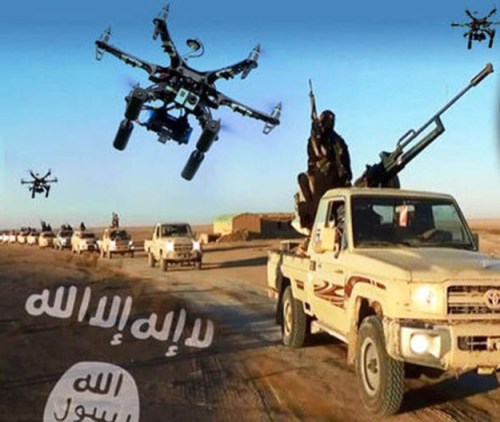By Paul Musgrave
 Emma Ashford lays out Samuel Huntington’s work, its flaws, and its relevance to the current moment. But a puzzle remains. Ashford shows that, despite having been repeatedly debunked, fact-checked, and picked apart, the clash of civilizations and cognate ideas remain more influential than ever. Put another way, “Clash” is the thesis that just won’t die. Given that Clash is bad history and worse social science, why are we still talking about it?
Emma Ashford lays out Samuel Huntington’s work, its flaws, and its relevance to the current moment. But a puzzle remains. Ashford shows that, despite having been repeatedly debunked, fact-checked, and picked apart, the clash of civilizations and cognate ideas remain more influential than ever. Put another way, “Clash” is the thesis that just won’t die. Given that Clash is bad history and worse social science, why are we still talking about it?
The longevity of Huntington’s thesis becomes more explicable when we treat it not as scholarship aimed at skeptics but as a sermon preached to the faithful. The creed that Huntington and his audience share holds that civilizations exist as unchanging cultural organisms, that the rise of other regions threatens Western civilization, and that a successful Western response requires purity at home and separation from the rest. These are not factual assertions—they are unfalsifiable axioms. Trying to “fact-check” Huntington’s more specific claims is useful but shouldn’t lead us to miss the larger point of his project.
Despite a passing panegyric to “multiculturality” (pp. 318-21), Clash of Civilizations is a cry to preserve an exclusive vision of “Western civilization,” not to explain world politics.[i] Whereas Ashford finds Huntington’s myriad bigotries to be “distasteful,” they are not deviations from a generally sound approach—rather, they sit at the heart of the book’s appeal. Huntington’s civilizational paradigm complements his nativism, his hostility to social change, and his profound disinterest in economics and politics. As long as a constituency that subscribes to its axioms can be found, Clash-style logic will survive, no matter how costly or dangerous its prescriptions may be.















